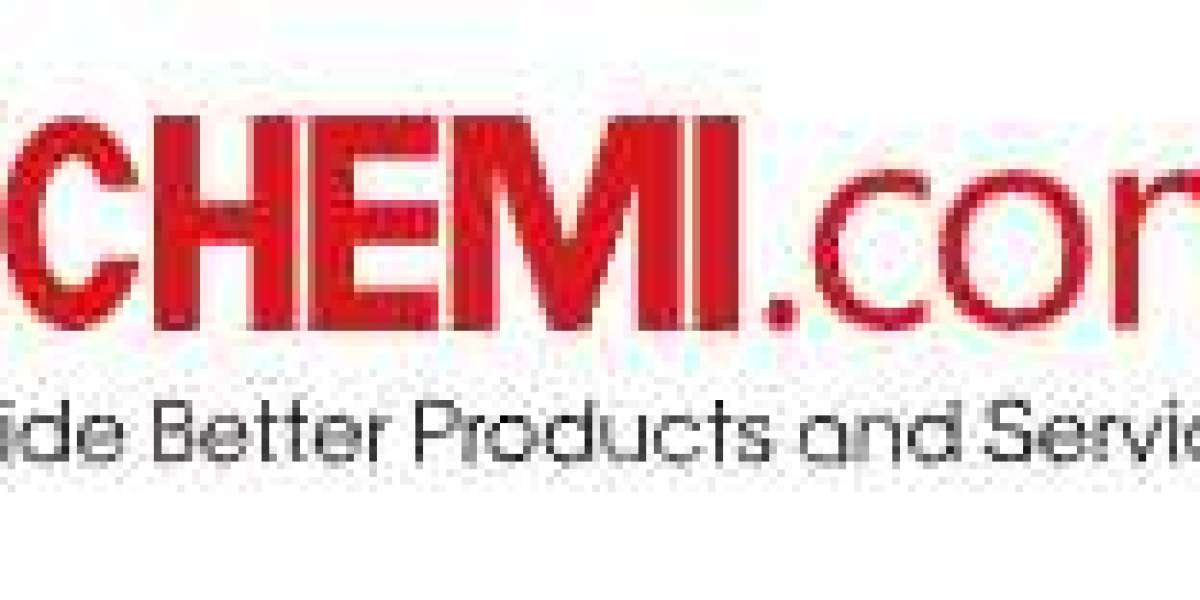Chemical exposure monitoring is crucial for ensuring the safety and well-being of workers in chemical manufacturing facilities, laboratories, and other environments where hazardous substances are handled. Advances in technology have led to the development of innovative monitoring technologies that enable real-time detection and measurement of chemical exposures. In this overview, we will explore some key chemical exposure monitoring technologies and their benefits.
Gas Detectors: Gas detectors are widely used to monitor airborne chemical concentrations. These portable devices can detect and measure various gases, including toxic gases, flammable gases, and oxygen levels. They utilize sensors that respond to specific gases, providing real-time readings and alerts when exposure limits are exceeded. Gas detectors are essential for assessing immediate risks and ensuring worker safety in environments where gas leaks or releases are possible.
Air Sampling and Analysis: Air sampling involves collecting air samples in the workplace and analyzing them in a laboratory to determine chemical concentrations. Various sampling techniques, such as passive sampling badges, sorbent tubes, and impingers, are used to capture airborne chemicals. These samples are then analyzed using techniques like gas chromatography or mass spectrometry. Air sampling and analysis provide accurate data on chemical exposures, helping identify potential health risks and inform control measures.
Personal and Area Monitoring: Personal monitoring involves equipping workers with wearable devices that continuously monitor their individual exposure levels. These devices, such as personal dosimeters or wearable gas detectors, provide real-time data on the chemical concentrations workers are exposed to throughout their shifts. Area monitoring involves deploying fixed or portable monitors in specific areas to assess overall exposure levels and identify hotspots where concentrations may be higher.
Biological Monitoring: Biological monitoring assesses chemical exposures by analyzing substances or their metabolites in biological samples, such as blood, urine, or breath. It provides information about the internal dose of chemicals absorbed by the body. Biomarkers, such as specific chemicals or their breakdown products, are measured to evaluate exposure levels and potential health effects. Biological monitoring complements other monitoring methods, providing insights into long-term exposures and helping evaluate the effectiveness of control measures.
Real-time Monitoring and Sensor Technologies: Real-time monitoring technologies utilize sensors that can detect and measure chemicals instantaneously. These sensors can be integrated into wearable devices, personal monitors, or fixed systems. They employ various detection principles, including electrochemical, infrared, photoionization, or solid-state sensors. Real-time monitoring technologies enable immediate awareness of exposure levels, allowing for prompt action to mitigate risks and prevent overexposure.
Data Logging and Connectivity: Many modern exposure monitoring technologies offer data logging capabilities, which record exposure data over time. This data can be downloaded and analyzed to identify exposure patterns, assess compliance with exposure limits, and support regulatory reporting. Furthermore, connectivity features enable seamless data transfer to centralized systems, facilitating real-time monitoring, remote access, and data analysis for improved safety management.
Advances in Sensing Technologies: Ongoing advancements in sensing technologies, such as nanotechnology and miniaturization, are revolutionizing chemical exposure monitoring. Nanosensors are being developed to detect ultra-low concentrations of chemicals, offering enhanced sensitivity and selectivity. Miniaturized sensors enable the integration of monitoring capabilities into wearable devices, smartphones, or personal protective equipment. These advancements provide opportunities for more accessible, cost-effective, and user-friendly chemical exposure monitoring solutions.
In conclusion, chemical exposure monitoring technologies are essential for ensuring the safety and health of workers in environments where hazardous substances are present. Gas detectors, air sampling and analysis, personal and area monitoring, biological monitoring, real-time monitoring, data logging, and advances in sensing technologies collectively contribute to effective chemical exposure monitoring. By utilizing these technologies, companies can identify exposure risks, implement appropriate control measures, and protect the well-being of workers, fostering a safe and healthy work environment.







